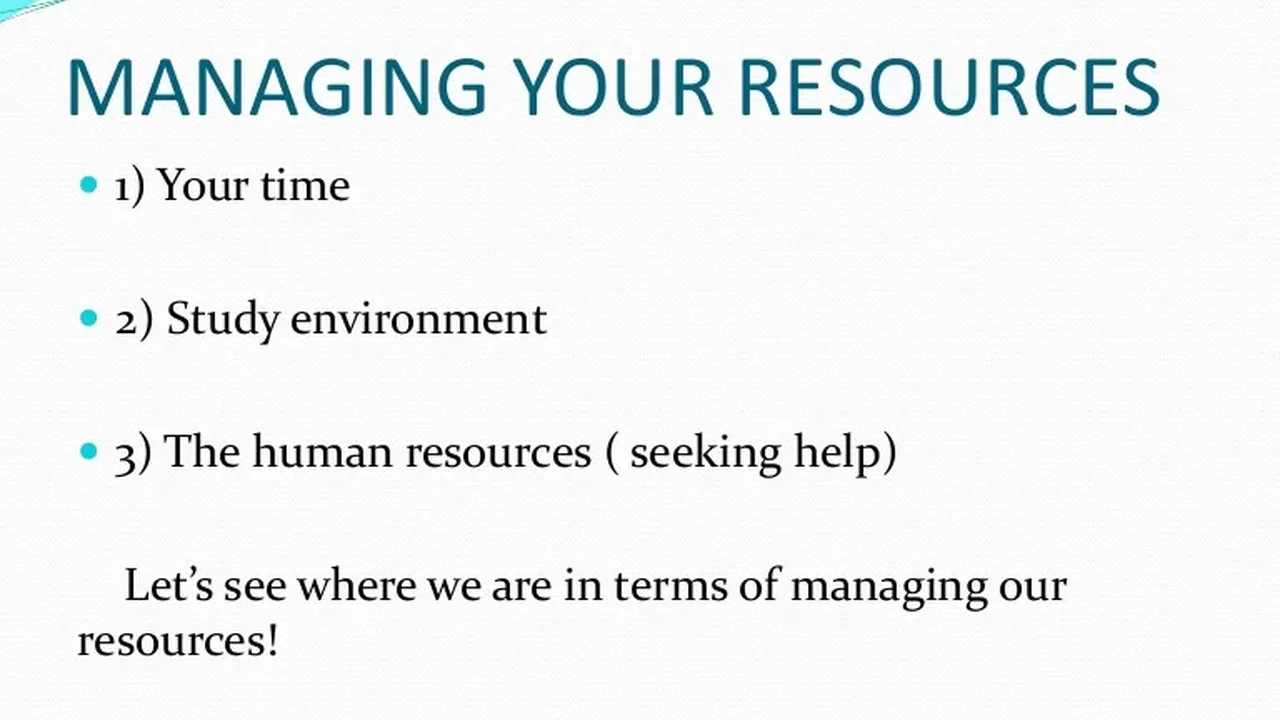What to Do If Your Insurance Claim Is Denied

Understanding Insurance Claim Denials: Key Reasons and Your Rights
Okay, so you filed an insurance claim, you were expecting some help, and instead, you got a big fat "denied" stamp. Frustrating, right? Before you throw your hands up in the air, let's break down why this happens and what you can actually do about it. Insurance companies, as much as they like to pretend otherwise, are businesses. They want to minimize payouts. That doesn't mean they're always acting in bad faith, but it *does* mean you need to understand the game.
Common reasons for denials include:
- Policy Exclusions: This is huge. Your policy might simply not cover the type of event or damage you're claiming for. Read the fine print! Seriously, I know it's boring, but knowing what's *not* covered is just as important as knowing what is. For example, a standard homeowner's policy might not cover flood damage; you'd need separate flood insurance.
- Insufficient Documentation: Did you provide enough evidence to support your claim? Photos, receipts, police reports, medical records – the more, the better. A vague claim with no backup is an easy target for denial.
- Missed Deadlines: Insurance companies have deadlines for filing claims and providing documentation. Miss them, and your claim can be automatically denied. Keep track of everything!
- Disagreement on Value or Extent of Damage: The insurance company's adjuster might assess the damage differently than you do. This is where independent appraisals can be crucial.
- Pre-existing Conditions: Especially relevant in health insurance. If you had a pre-existing condition that contributed to your claim, it might be denied.
- Lack of Coverage: Sounds obvious, but sometimes people think they have coverage they don't. For example, thinking your auto insurance covers rental car damage when it doesn't.
Now, about your rights. You have the right to:
- A Clear Explanation: The insurance company *must* provide a written explanation for the denial, including the specific reason and the relevant policy language. Don't accept vague answers.
- Appeal the Decision: Almost every insurance company has an appeals process. This is your chance to present new information and argue your case.
- Review Your Policy: Get a copy of your policy and read it carefully. Understand your coverage, exclusions, and responsibilities.
- Seek Legal Advice: If you believe the denial is unfair or in bad faith, talk to an attorney specializing in insurance law. They can help you understand your options and represent you in negotiations or litigation.
- Contact Your State Insurance Department: Every state has a department that regulates insurance companies. You can file a complaint with them if you believe the insurance company is acting unfairly.
First Steps After a Denial: Review, Document, and Breathe
Okay, you've got the denial letter. Don't panic. Take a deep breath and follow these steps:
- Carefully Review the Denial Letter: Underline the reasons for denial. Identify any areas where you disagree or where the explanation is unclear.
- Gather All Your Documentation: This includes your original claim form, supporting documents (photos, receipts, police reports, medical records), and your insurance policy.
- Document Everything: Keep a detailed record of all communication with the insurance company, including dates, times, names of representatives, and summaries of conversations. Write down everything!
- Review Your Policy Again: Seriously, read it again. Pay close attention to the sections cited in the denial letter. Make sure you understand the policy language.
- Consult with an Expert: Consider talking to an independent insurance adjuster or an attorney. They can review your case and advise you on the best course of action.
Appealing the Denial: Building a Strong Case
So, you've decided to appeal. Great! Here's how to make your appeal as strong as possible:
- Understand the Appeals Process: The insurance company should provide information on how to appeal. Find out the deadlines, required forms, and any specific procedures.
- Address the Reasons for Denial Directly: Your appeal letter should directly address each reason the insurance company gave for the denial. Provide evidence and arguments to refute their claims.
- Gather Additional Evidence: If you have any new information that supports your claim, include it in your appeal. This could include additional photos, expert opinions, or witness statements.
- Write a Clear and Concise Appeal Letter: Use clear and concise language. Avoid emotional appeals or personal attacks. Focus on the facts and the policy language. State clearly what you are requesting (e.g., reconsideration of the claim, payment of benefits).
- Send Your Appeal by Certified Mail: This provides proof that the insurance company received your appeal.
- Keep Copies of Everything: Keep copies of your appeal letter, supporting documents, and any correspondence with the insurance company.
Example Appeal Letter Snippet:
"Dear [Insurance Company Name],
I am writing to appeal the denial of my claim [Claim Number] for [Type of Claim] that occurred on [Date]. I received your denial letter on [Date] stating that my claim was denied because [Reason for Denial].
I respectfully disagree with your decision. My policy [Policy Number] covers [Type of Coverage]. The damage I sustained was a direct result of [Event] which is covered under Section [Section Number] of my policy.
[Provide specific evidence and arguments to refute the reasons for denial. For example, "The denial letter states that the damage was pre-existing. However, the attached inspection report from [Inspector Name] clearly shows that the damage occurred on [Date] as a result of [Event]."]
I have attached [List of Documents] to support my appeal. I request that you reconsider my claim and approve payment for the damages I sustained.
Thank you for your time and consideration.
Sincerely,
[Your Name]
Escalating the Issue: State Insurance Departments and Legal Options
If your appeal is denied, or if you're not satisfied with the insurance company's response, you have other options:
- File a Complaint with Your State Insurance Department: This is a free service. The department will investigate your complaint and may be able to help you resolve the issue. You can usually find the complaint form on your state's insurance department website.
- Mediation: Mediation is a process where a neutral third party helps you and the insurance company reach a settlement. It's less formal and less expensive than going to court.
- Arbitration: Arbitration is a more formal process where a neutral third party hears evidence and makes a binding decision.
- Lawsuit: If all else fails, you can file a lawsuit against the insurance company. This is the most expensive and time-consuming option, but it may be necessary if you believe the insurance company acted in bad faith. Talk to a lawyer specializing in insurance claim denials.
Proving Bad Faith: When to Consider Legal Action
Insurance companies are required to act in good faith. This means they must handle your claim fairly and honestly. If they act in bad faith, you may be able to sue them for additional damages.
Signs of bad faith include:
- Unreasonable Delay in Handling Your Claim: Taking an excessively long time to investigate your claim without a valid reason.
- Failure to Investigate Your Claim Properly: Not conducting a thorough investigation or ignoring evidence that supports your claim.
- Lowball Offers: Offering a settlement that is significantly less than the value of your claim.
- Denying Your Claim Without a Valid Reason: Denying your claim based on flimsy excuses or misinterpreting the policy language.
- Misrepresenting the Policy Language: Twisting the wording of the policy to deny your claim.
- Threatening or Intimidating You: Using aggressive tactics to pressure you to accept a low settlement.
If you suspect bad faith, it's crucial to document everything and consult with an attorney specializing in insurance law.
Product Recommendations: Tools to Help You Manage Insurance Claims
Navigating insurance claims can be a pain. Here are some products and services that can make the process a little easier:
- Claim Di - Claim Management Software: For those dealing with multiple claims or complex situations, Claim Di offers a centralized platform to track deadlines, documents, and communications. Think of it as a CRM for your claims. It's especially useful for businesses or individuals managing multiple properties or vehicles. The basic version is free, with premium features available for a subscription fee (around $20-$50/month depending on the features). Compared to manually tracking everything in spreadsheets, Claim Di offers better organization and automated reminders.
- Evernote or OneNote: These note-taking apps are great for documenting conversations, storing photos, and keeping track of receipts. The free versions are usually sufficient for personal use. They beat out physical notebooks because of their searchability and cloud syncing. You can access your notes from anywhere!
- PDF Scanner Apps (e.g., Adobe Scan, CamScanner): These apps allow you to easily scan documents with your smartphone and save them as PDFs. Essential for creating digital copies of important paperwork. Most offer free versions with basic scanning capabilities. This is way easier than using a flatbed scanner!
- Independent Insurance Adjusters: Hiring an independent adjuster can be a good idea if you disagree with the insurance company's assessment of the damage. They work for *you*, not the insurance company. Fees typically range from 10-15% of the claim settlement. While it's an upfront cost, they can often negotiate a higher settlement, making it worthwhile.
- Dash Cam (for Auto Insurance Claims): A dash cam provides video evidence of accidents, which can be invaluable in proving fault and getting your claim approved. Entry-level models cost around $50-$100, while more advanced models with GPS and parking monitoring can cost $150-$300. Think of it as an investment in protecting yourself from liability.
Specific Product Comparisons: Dash Cams for Different Needs
Let's dive a little deeper into dash cams, since they're a popular and useful tool for auto insurance claims:
Budget Option: Vantrue N1 Pro Mini Dash Cam
- Price: Around $60
- Features: 1080P recording, loop recording, G-sensor, wide-angle lens
- Pros: Affordable, compact, easy to use
- Cons: Limited features, lower video quality compared to more expensive models
- Best For: Drivers looking for a basic dash cam for recording accidents.
Mid-Range Option: Garmin Dash Cam 57
- Price: Around $150
- Features: 1440P recording, GPS, voice control, incident detection, parking mode (requires hardwire kit)
- Pros: Good video quality, GPS tracking, voice control
- Cons: More expensive than basic models, parking mode requires additional hardware
- Best For: Drivers who want better video quality and GPS tracking for documenting their trips and potential incidents.
Premium Option: BlackVue DR900X-2CH
- Price: Around $450
- Features: 4K recording (front camera), 1080P recording (rear camera), cloud connectivity, GPS, parking mode, impact detection
- Pros: Excellent video quality, cloud connectivity for remote access, comprehensive features
- Cons: Expensive, can be complicated to set up
- Best For: Drivers who want the best possible video quality and features, and who are willing to pay a premium price.
Use Cases:
- Accident Recording: The primary use case. Provides clear video evidence of what happened before, during, and after an accident.
- Theft and Vandalism: Parking mode allows the dash cam to record even when the car is parked, capturing potential theft or vandalism.
- Road Trip Documentation: GPS tracking and high-quality video can be used to document scenic road trips.
- Insurance Fraud Protection: Can help protect you from staged accidents or fraudulent claims.
Understanding Policy Language: Deciphering the Fine Print
Insurance policies are notorious for their dense and confusing language. Here's a breakdown of some common terms and concepts:
- Deductible: The amount you pay out-of-pocket before your insurance coverage kicks in.
- Premium: The amount you pay regularly (monthly, quarterly, annually) to maintain your insurance coverage.
- Coverage Limit: The maximum amount the insurance company will pay for a covered loss.
- Exclusion: A specific event or type of damage that is *not* covered by the policy.
- Endorsement (or Rider): An amendment to your policy that adds, removes, or modifies coverage.
- Declaration Page: The first page of your policy, summarizing your coverage limits, deductibles, and other key information.
- Actual Cash Value (ACV): The current market value of an item, taking depreciation into account.
- Replacement Cost Value (RCV): The cost to replace an item with a new one, without deducting for depreciation.
- Subrogation: The right of the insurance company to pursue a claim against a third party who caused the loss.
Example:
Let's say you have a homeowner's insurance policy with a $1,000 deductible and a coverage limit of $200,000 for dwelling coverage. A fire causes $10,000 worth of damage to your home. You would pay the $1,000 deductible, and the insurance company would pay the remaining $9,000 (up to the coverage limit of $200,000).
Understanding these terms is crucial for understanding your coverage and filing a successful claim. Don't be afraid to ask your insurance agent to explain anything you don't understand!
:max_bytes(150000):strip_icc()/277019-baked-pork-chops-with-cream-of-mushroom-soup-DDMFS-beauty-4x3-BG-7505-5762b731cf30447d9cbbbbbf387beafa.jpg)





.webp)
